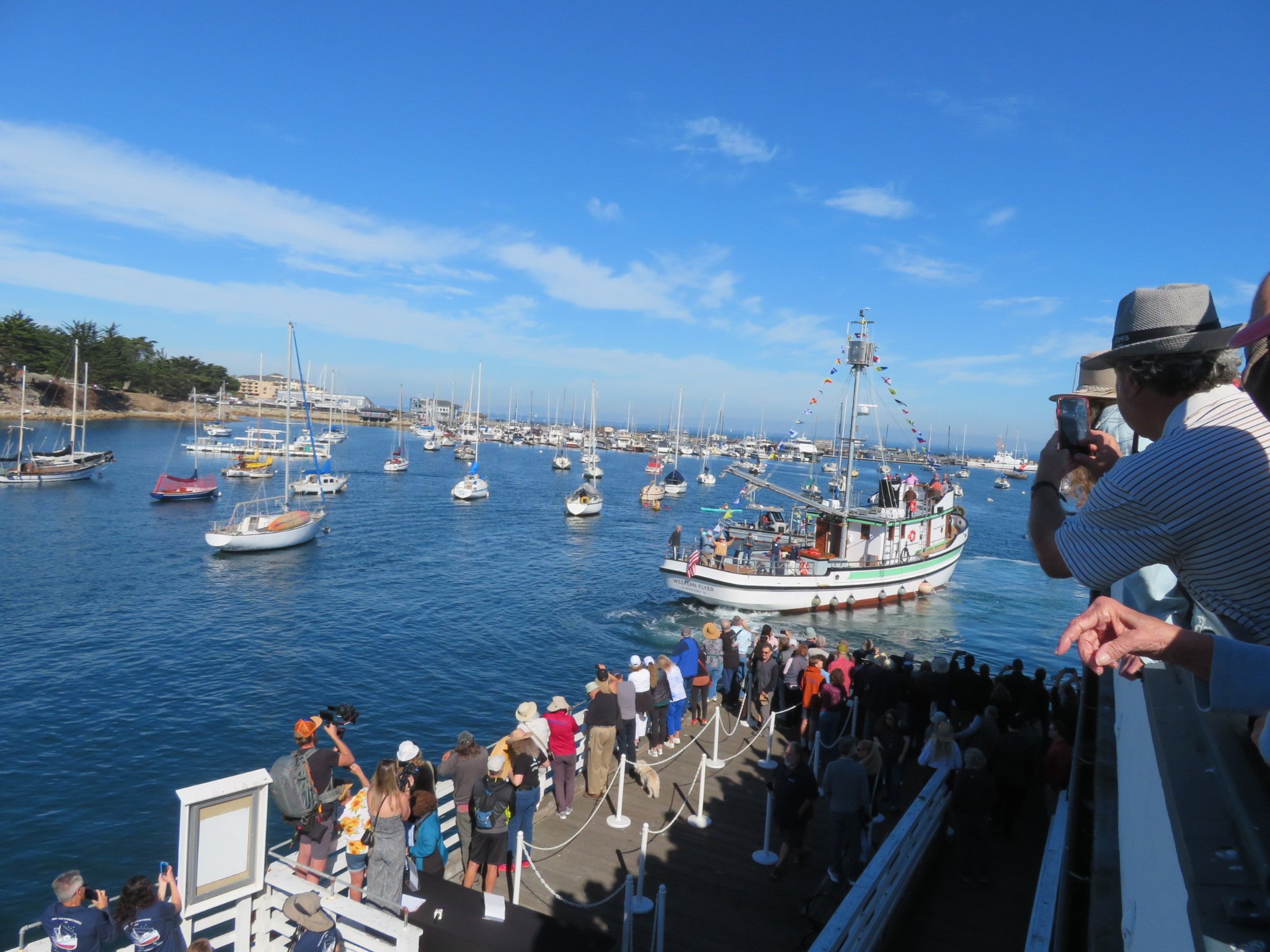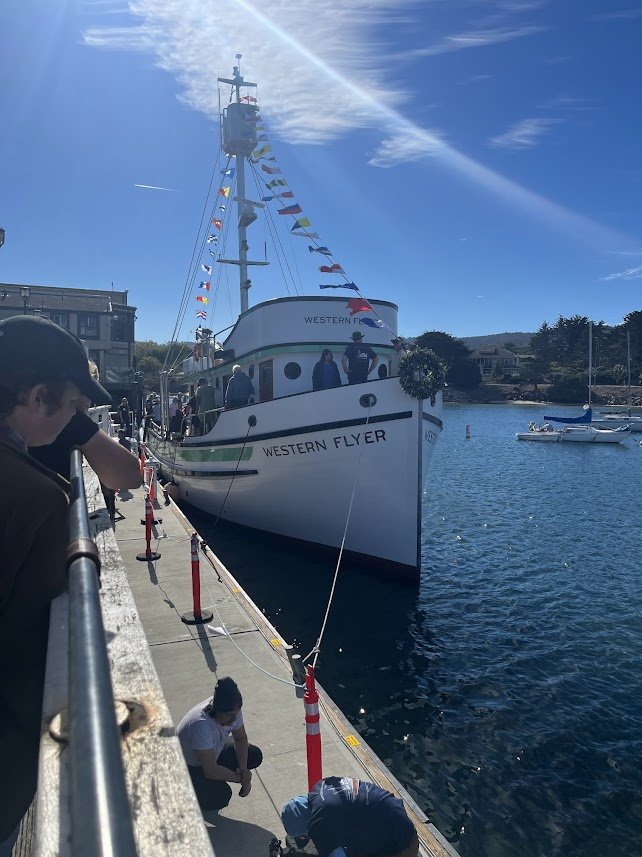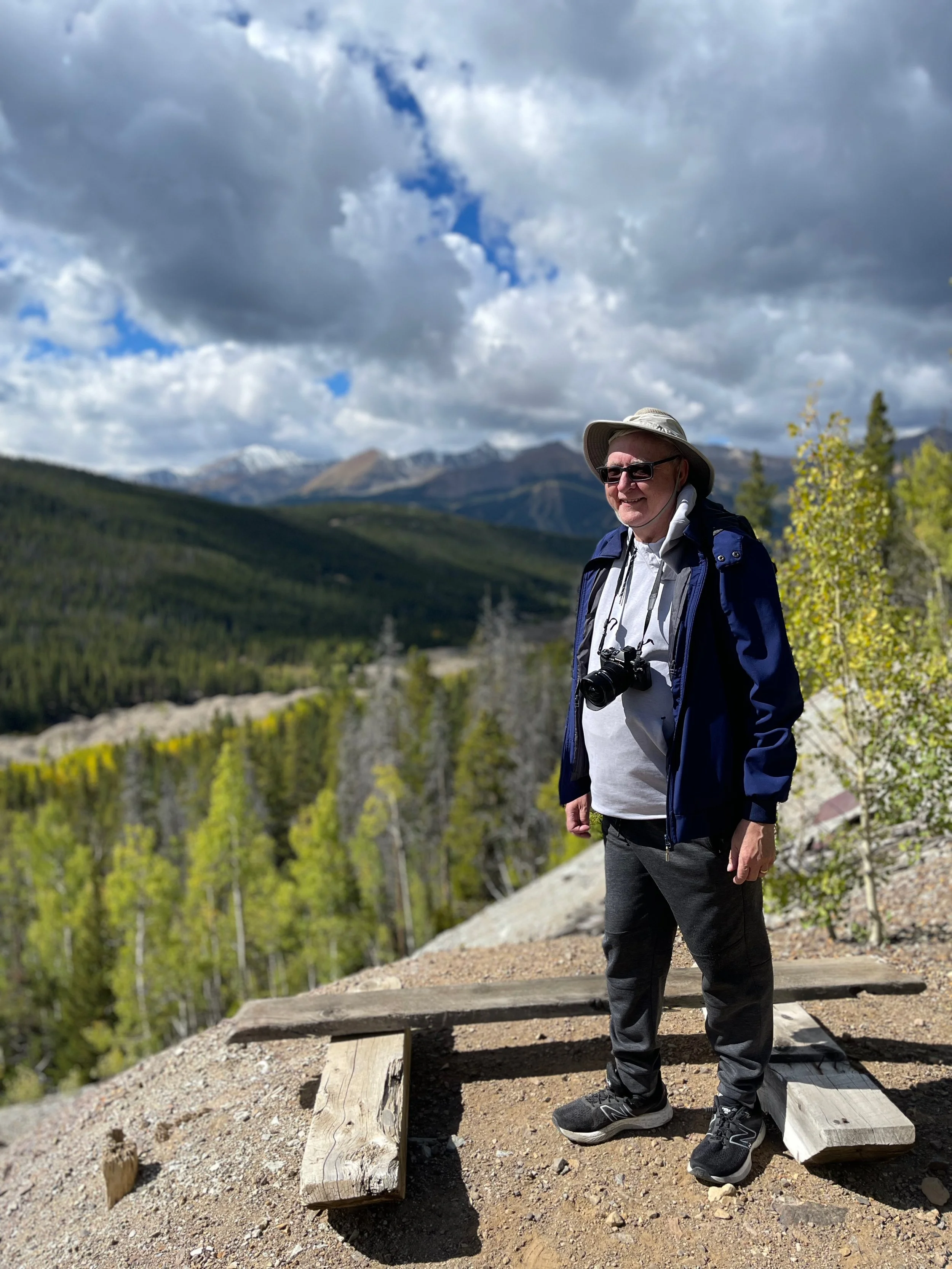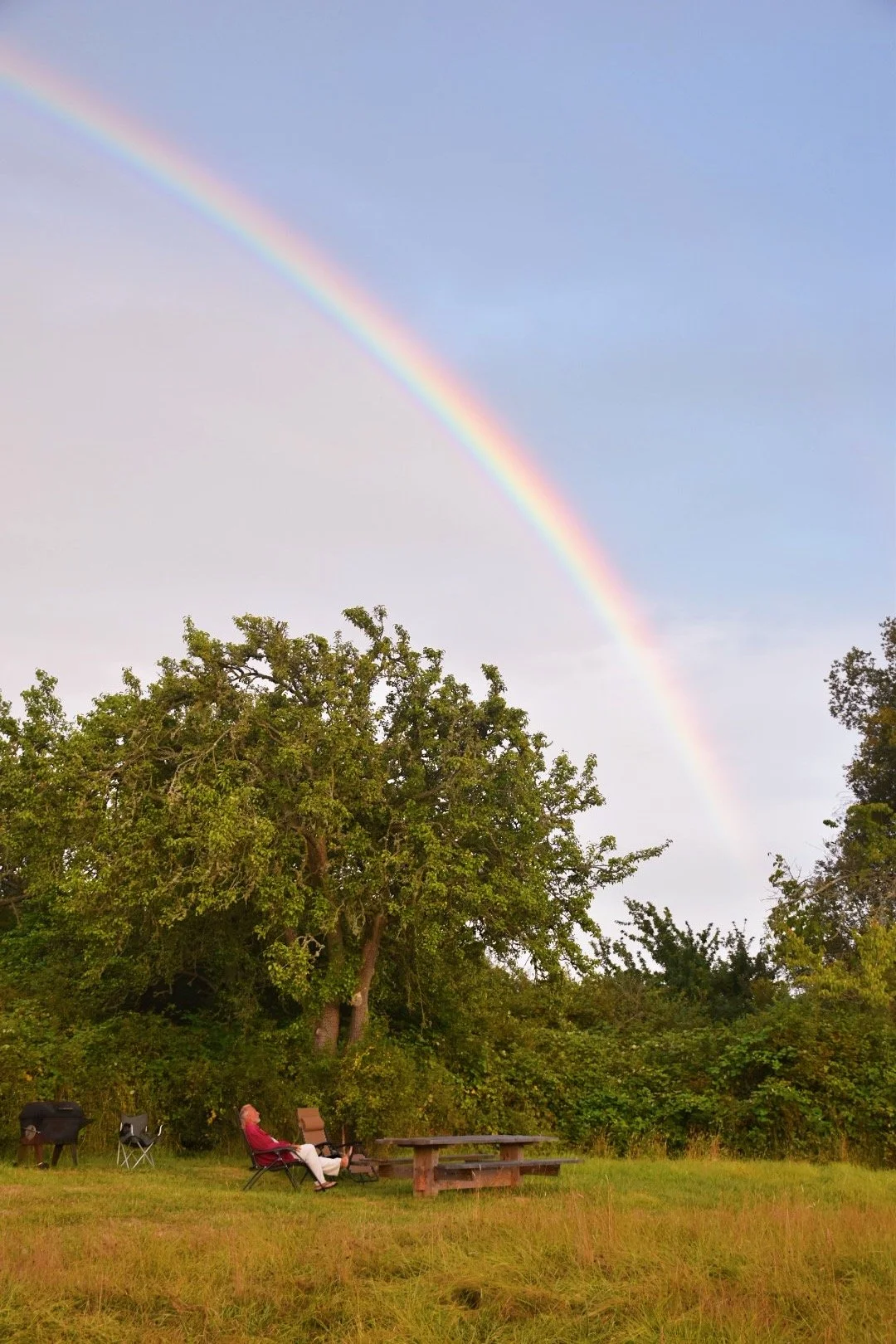The Soul of Steinbeck's Boat
Can an inanimate object have a soul?
John Steinbeck thought so, and after reading his book, Sea of Cortez, I agreed. I agreed because I also know an inanimate object with a soul.
In Steinbeck’s case, it was the Western Flyer, the boat that took him and marine biologist Ed Ricketts on their famous 1940 expedition around the Sea of Cortez. In my case, it is an automobile.
Aboard the Western Flyer, Steinbeck made observations about people and places; debated philosophy; and collected invertebrate marine specimens. She was at once a floating party house and a serious scientific institute. She was unfazed by storms and held steady through rough currents. But after that triumphant voyage, the once proud vessel sank into the ocean from neglect. When a life-long admirer of the boat tracked her down, she was hoisted out of the water and lovingly restored. She would once again dock in her home port, Monterey, CA, and take ocean voyages again as a working marine lab. Her soul is inextinguishable.
As Steinbeck wrote in Sea of Cortez, “Some have said they have felt a boat shudder before she struck a rock or cry when she beached and the surf poured into her. This is not mysticism but identification; man, building this greatest and most personal of all tools, has in turn received a boat shaped mind, and the boat, a man-shaped soul.”
I do not want to inflate myself with a close identification with Steinbeck, but the soul in my case was oddly similar the Western Flyer. The soul belongs to the automobile my husband Terry and I own. It’s a Subaru Impreza, whom we nicknamed the Imp. She has transported us over 200,000 miles around the US. Though not a famous historic vessel like the Western Flyer, she is sturdy and I believe proud of her proficiency at long-distance travels, though she also good-naturedly takes us to mundane local destinations, like to the dentist. She loves exploring and enjoys country roads, but absolutely loathes snow. We feel safe while she is transporting us; we never doubt she takes our welfare seriously. I’m sure she felt great shame the night we were returning from a trip when she started exuding plumes of black smoke from her rear.
As with the sinking of the Western Flyer, the Imp’s breakdown was a cruel fate. Suddenly inoperable, she spent an abysmal 9 months in multiple repair shops. One mechanic after another tried to diagnose the source of her troubles. Finally, a sensitive workman figured out what was wrong. Her mechanical systems were overhauled and restored. Then, like the Western Flyer, the Imp returned from her near-death experience. Now she’s exploring the world again.
With so many interesting similarities between the Imp and the Western Flyer, I was eager to see the Steinbeck boat in person. My chance would be her homecoming ceremony this past November in Monterey. Also, as something of a Steinbeck fanatic, I was keen to step aboard the boat that starred in Steinbeck’s Sea of Cortez. To achieve these goals, Terry and I would be travelling in the Imp from our home in California’s Central Coast to Monterey. It would be a 128-mile road trip, a minuscule journey compared to the 4,000 miles the Western Flyer travelled around the Sea of Cortez, but I promised myself to savor every minute of it.
The drive took us along the Salinas River, just a narrow trickle in November, and over rolling hills. On one side of the highway, the fields were often a dusty brown, while on the other side colorful vineyards displayed their autumnal shades of green, red, orange and gold. Sometimes the scenery was marred by ugly oil wells and the Imp would hurry us by them, I’m sure as repelled by them as we were[1] . We passed strawberry fields where workers were bent over, picking the fruit. These were people who would have interested Steinbeck. Sometimes we would pass tired-looking farmhouses, and I wondered who lived there and what their days were like. After the turnoff to the road to Monterey, the landscape gradually grew less rural and more suburban. The road was now filled with noisy traffic, and we could sense we were near the city.
Once we’d checked into our hotel, we decided to try something a little more Steinbeckian: an exploration of the Marina Dune Preserves just outside of Monterey, where endangered wildlife is protected. Hiking over the tall sandy dunes, we searched for a Western Snowy Plover or a legless black lizard. But all we spotted was a less exotic endangered species, the plastic bag.
The Homecoming for the Western Flyer the next morning was far more successful. Hundreds of people gathered on Old Fisherman’s Wharf to welcome her. The revitalized boat was led to the wharf by a festive parade of boats. As she neared the wharf, cheers and applause broke out and I felt a few tears of elation on my cheeks. Sleek and freshly painted, with highly polished woodwork, she looked gorgeous. A long line snaked around the dock to board her. At last our turn came. She was everything I had imagined: the gleaming deck where Steinbeck and crew cast nets for specimens; the roomy galley where they ate and had their philosophic debates; the bunks, one of which Steinbeck must have slept in; the wooden ship’s wheel, which safely steered the boat through the Sea of Cortez. She was fully back from her sinking and after walking her decks, I had every reason to believe her soul was intact.
Our return home was equally successful. After an early dinner on the wharf, we climbed back into the Imp, with Terry in the driver’s seat. Though she lacked the history and glamour of the Western Flyer, she felt snug and warm. I felt her protective soul wrap around us, shielding us from mishaps. I imagine Steinbeck felt the same in his bunk aboard the Western Flyer. Drowsy with wine and food, I drifted off to an untroubled sleep.
Carolyn Handler Miller (www.carolynhandlermiller.com) is a writer who works across a variety of media. Originally beginning her career as a newspaper reporter and magazine journalist, Carolyn's projects span TV shows and specials, feature films, books and new media. She is one of the pioneering writers in the field of interactive narrative, where she has contributed to over 50 projects as a writer, writer-story designer, and consultant. She is the author of “Digital Storytelling: A Creator's Guide to Interactive Entertainment” (Focal Press), now in its fourth edition.








